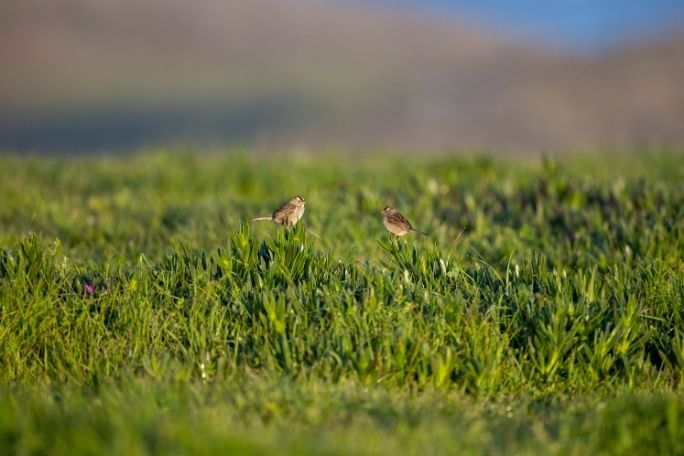Lesson summary
Animals find suitable homes in school grounds. Four activities for gathering survey data help students match how various animals use the school grounds. The focus on plants examines how animals use them.
Learning Goals:
- Comparing school ground locations by collecting data for species diversity will provide a comparison of biodiversity. Animals have special requirements to be able to live in a specific area. Students will design, collect data and analyse the data from an animal survey.
Lesson guides and printables
Curriculum links
Select your curriculum from the options below.
Lesson details
Curriculum mapping
Australian curriculum content descriptions:
Year 5 Science:
- With guidance, pose questions to clarify practical problems or inform a scientific investigation, and predict what the findings of an investigation might be (ACSIS231)
- Compare data with predictions and use as evidence in developing explanations (ACSIS218)
Year 5 Mathematics:
- Describe and interpret different data sets in context (ACMSP120)
Year 6 Science:
- With guidance, pose questions to clarify practical problems or inform a scientific investigation, and predict what the findings of an investigation might be (ACSIS232)
- Compare data with predictions and use as evidence in developing explanations (ACSIS221)
Year 6 Mathematics:
- Interpret and compare a range of data displays, including side-by-side column graphs for two categorical variables (ACMSP147)
Syllabus Outcomes: ST3-4WS, ST3-10LW, ST3-11LW.
Time required: 45 mins
Level of teacher scaffolding: Students will need help with collecting and analysing data.
Resources required
- Activity sheets or tablets, collecting jars or plastic petrie, dishes school ground map
- Optional: binoculars
Additional info
Safety: reinforce several times that bees must never be caught and must always be avoided. Bees in Australia cause more deaths than all other combined wildlife including sharks, snakes and spiders. Student should also keep their distance from wasps.
This is an original Cool.org lesson. Facts and figures in these lessons may have changed since this lesson was published. We always endeavour to update our resources in a timely manner, but if you see an error or issue in our resources please get in touch with us.


Welcome back!
Don't have an account yet?
Log in with:
Create your free Cool.org account.
Many of our resources are free, with an option to upgrade to Cool+ for premium content.
Already have an account?
Sign up with:
By signing up you accept Cool.org's Terms and Conditions(Opens in new tab) and Privacy Policy(Opens in new tab).